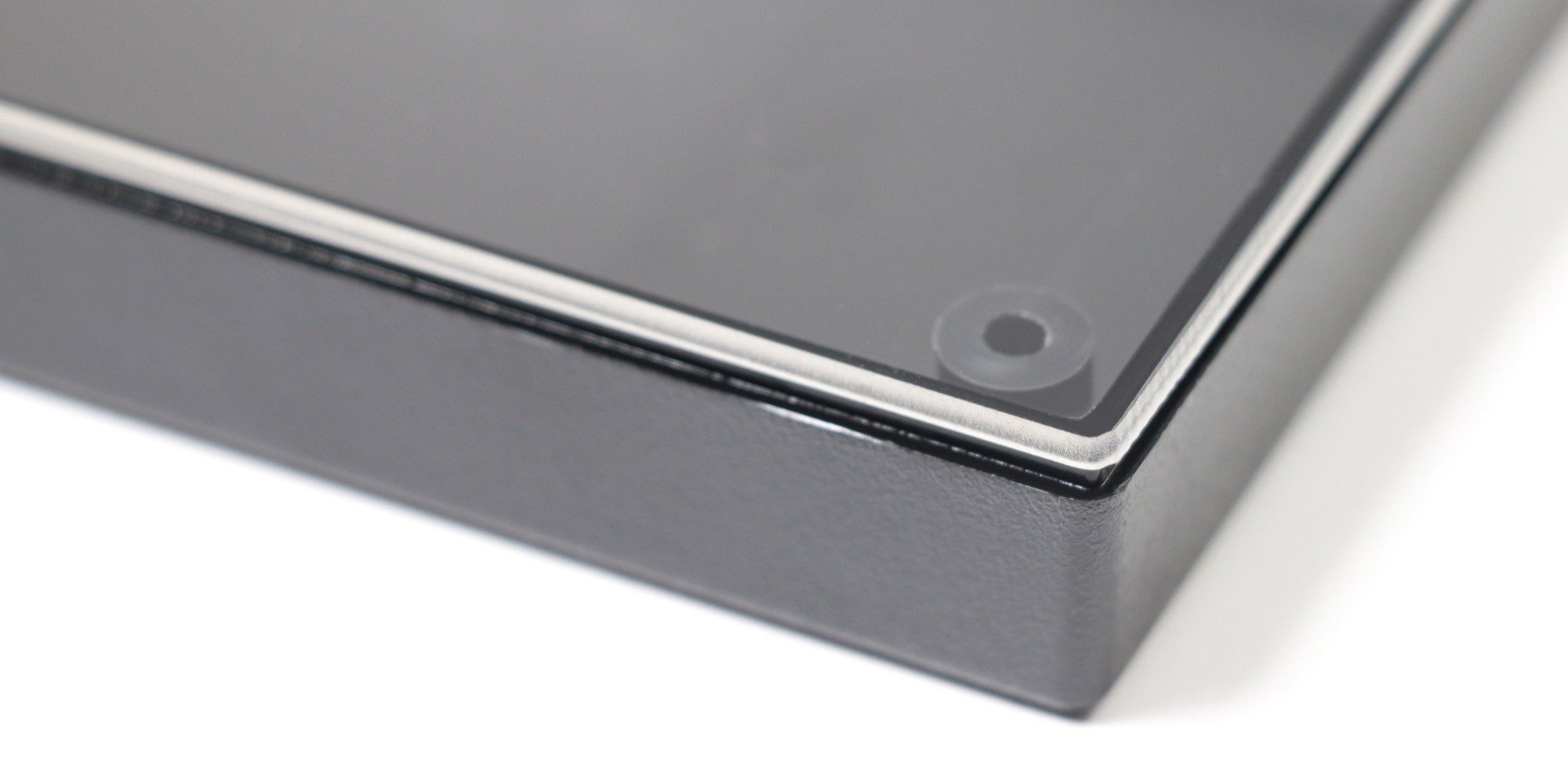Alternatives to Ultrasonic Welding
If you're familiar with plastic welding, you've probably encountered ultrasonic welding. It’s the most well-known plastic welding technology. But just because it’s popular, doesn’t mean it is the best choice for every application. It has many benefits, but also some disadvantages. What do you do if ultrasonic welding isn’t your best option? And how do you know?
Where Ultrasonic Welding Excels
- Medium-sized parts: There are size limits with ultrasonic welding. Can you comfortably hold the parts you need to weld in your hand? How easily can you put the two halves together? Too large or too small to handle with your hands and fingers, and ultrasonic welding might not be your best bet. Anything in between and ultrasonics can work well.
- Spot welding with a robot: Ultrasonics are fast, but they require expensive generators to drive each horn. With a horn on the end of a robot, you can quickly move from point to point, as each weld should only take a few seconds.
- Tight budgets: In certain applications, ultrasonic welding can be a cost-effective way to put plastic together. The technology is established, and competition has made the componentry less expensive.
Drawbacks of Ultrasonic Welding and Alternatives
- Cleanliness requirements: Because ultrasonic welding is a vibratory process, it often generates fine dust. This is also called particulate. If you have a welding application where cleanliness is imperative, laser welding or IR welding could be better options.
- Sensitive components: With sensitive components like PCBs, small fluid channels, and precision optics, controlling the weld depth and energy is imperative. If too much energy is applied to the part, components break, small fluid channels get filled, and precision optics aren’t accurate. Ultrasonics can be difficult to control in those precision applications. Alternatively, laser welding offers ultra-tight control and allows you to ease into the weld as fast or slow as necessary.
- Staking applications. With multi-point staking applications, you have to balance the number of generators with cycle time. Each generator is expensive, so you want to limit how many you buy, but the fewer generators, the longer it will take to stake your part. Consider using InfraStake or nanoSTAKE. Both technologies are clean and precise and will stake all locations simultaneously.
- Soft materials: Ultrasonic welding works by vibrating and creating molecular friction in the parts you are joining. If those parts are soft, like PP (polypropylene), this can be a challenge. Soft materials do a poor job of transmitting vibratory energy from the horn into the weld joint. You could try hot-plate welding or IR welding.
- Large parts: Due to the horn size limitation, ultrasonic welding can’t weld large parts. There are several alternatives that are better suited for large parts: laser welding, IR welding, hot-plate welding, and vibration welding are all worth looking into.
The best thing to do when you have a plastic welding application is to consider all welding technologies. Talk with an expert who will take time to understand your needs and has experience with all the welding technology options. At Extol, we collaborate with you to find the solution that meets your needs. No matter what type of plastic welding you need, we can help. Use the form below to get in touch!

